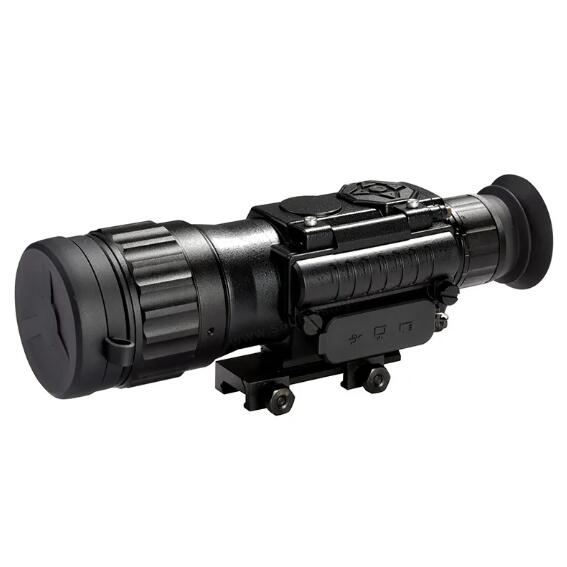Understanding the Technology Behind Infrared Night Vision Scopes
2024-08-12
Infrared night vision scopes have revolutionized how we see and operate in low-light conditions. These devices use advanced technology to enhance visibility in complete darkness, making them indispensable for military, law enforcement, wildlife observation, and outdoor enthusiasts. In this blog, we’ll explore the technology behind infrared night vision scopes, how they work, and why they are so effective in various applications.
1. The Basics of Infrared Technology
Infrared night vision scopes rely on infrared (IR) light, a type of electromagnetic radiation that is invisible to the naked eye. Unlike visible light, which is only a small part of the electromagnetic spectrum, infrared light extends beyond what we can see, covering wavelengths from approximately 700 nanometers (nm) to 1 millimeter (mm). Infrared light is emitted by all objects that generate heat, which makes it ideal for detecting living beings or heat-emitting objects in the dark.
- Types of Infrared Light: There are three main types of infrared light used in night vision scopes: near-infrared (NIR), mid-infrared (MIR), and far-infrared (FIR). Most night vision scopes use NIR, as it is closest to the visible spectrum and provides a clearer image with better resolution.
2. How Infrared Night Vision Scopes Work
Infrared night vision scopes use a combination of lenses, sensors, and display systems to capture infrared light and convert it into a visible image. Here’s a simplified overview of the process:
- Detection: The scope’s sensor detects infrared light emitted by objects in the environment. This sensor is usually a photodetector or an image intensifier tube that is sensitive to IR light.
- Conversion: The detected infrared light is converted into an electronic signal, which is then processed to create an image. This image is typically displayed in shades of green, which the human eye can easily differentiate in low-light conditions.
- Display: The processed image is displayed on a screen within the scope, allowing the user to see in the dark. Some advanced scopes can also transmit this image to an external display or recording device.
3. Advantages of Infrared Night Vision Scopes
Infrared night vision scopes offer several advantages over other types of night vision devices:
- Complete Darkness Capability: Unlike traditional night vision that amplifies ambient light, infrared night vision works even in total darkness, making it ideal for environments where no light is available.
- Detection of Heat Sources: Infrared scopes can detect heat sources, such as warm-blooded animals or recently used vehicles, making them invaluable for search and rescue operations, hunting, and military reconnaissance.
- Stealth Operation: Infrared light is invisible to the naked eye, allowing users to operate undetected. This is particularly useful in military or law enforcement scenarios where stealth is critical.
4. Applications of Infrared Night Vision Scopes
Infrared night vision scopes are used in a wide range of applications:
- Military and Law Enforcement: Infrared scopes are essential tools for night operations, allowing soldiers and officers to see and engage targets in low-light conditions without revealing their position.
- Wildlife Observation: Infrared scopes enable wildlife enthusiasts and researchers to observe nocturnal animals without disturbing their natural behavior.
- Outdoor Recreation: Hunters and outdoor adventurers use infrared scopes to navigate and spot game in the dark, enhancing their safety and success.
Conclusion
Infrared night vision scopes represent a significant advancement in night vision technology, offering unparalleled visibility in complete darkness and a wide range of practical applications. Whether you’re in the military, law enforcement, or simply an outdoor enthusiast, understanding how these devices work and the advantages they offer can help you make the most of their capabilities. As technology continues to evolve, infrared night vision scopes are likely to become even more powerful and accessible, opening up new possibilities for night-time activities.



